|
Night Fox Jewelry is going to the Golden Globes, and you can too! The pieces listed below will be featured in the DPA Gift Lounge for Golden Globe nominees this weekend. That means any actor nominated for an award this year or a Golden Globes presenter can receive a gift from Night Fox Jewelry. They can also borrow pieces to wear for press events, after parties, and the red carpet. To vamp up your Hollywood Style, just click on the product images below for purchasing information!
2 Comments
Check out Boticca's Designer Spotlight of Night Fox Jewelry below, and click here to visit Night Fox on Boticca. From water’s movements to the moon’s surface, there is an otherworldly quality to Kate Finley’s inspiration. In a way, her jewelry collection was formed years ago, with an astronomy course in which she “held” a projected image of the moon in her hands. “I can’t quite explain the sensation other than that it was a bit surreal and totally magical,” Kate says. Soon after, she embarked on her first-ever journey alone, a solo trip to Kenya. “Knowing that my family could see the moon too was comforting in a way, even if it wasn’t at the same time. It doesn’t matter where you are in the world, how foreign your surroundings, how upside down you might feel, at some point during the day or night you can usually catch a glimpse of the moon.” Using the laborious reticulation process, Kate aims to capture the surface of the moon, as well as the constantly shifting surface of the sea. “I find water soothing to my soul, and I like the interconnectedness that the tidal pulls from the moon creates on earth.” By repeatedly heating and cooling sheets of metal, Kate creates textured jewels as unique as fingerprints.
Boticca.com: Kate, what drew you to jewelry design?
Kate: I’d have to say that I stumbled into jewelry design by pure accident. I was working a regular desk job post-college and took a metalsmithing class at the local community college just for something to do in the evenings. It didn’t take long for me to fall in love with this particular creative outlet and it was barely a year before I quit my job to pursue jewelry design full time. I love the diversity of this artistic medium, and I love that it continues to be challenging even years later. There are so many different fabrication and casting techniques—some people spend a lifetime mastering just one skill—that I never get tired of being in my studio. Boticca.com: You are inspired by the moon. Tell me about your experience “holding” the moon and talk a bit about why you feel so connected to it. Kate: I should mention I’m also inspired by water, but I suppose the two are connected. My first year in college we had an astronomy lab during a full moon one night. It was too bright to see anything through the telescope so we removed the eye pieces and took turns projecting the lighted image of the moon into the palms of our hands. The image was so detailed that it was exactly like looking at the moon directly. I can’t quite explain the sensation other than that it was a bit surreal and totally magical. Not long after that experience I took some time off from school and took my first solo trip without my family to Kenya. Being on the Equator was the first time I had been so far south too and the stars are of course different than in the Northern Hemisphere. Knowing that my family could see the moon too was comforting in a way, even if it wasn’t at the same time. It doesn’t matter where you are in the world, how foreign your surroundings, how upside down you might feel, at some point during the day or night you can usually catch a glimpse of the moon. It’s a comforting constant. The Luna Collection is based on lunar textures, but on water textures as well. Growing up and living in a land-locked area often leaves me longing for the ocean. I find water soothing to my soul, and I like the interconnectedness that the tidal pulls from the moon creates on earth. Boticca.com: How do you create the textured surface on your jewelry? Kate: The art of reticulation is a process of manipulating metal with high heat to create craters, ridges, and valleys into virtual lunar landscapes. Sheet metal is heated a minimum of 5 times to about 800 degrees (F) and cleaned in between each heating (tedious!). After that, I apply a high torch heat to bring the metal up to just below melting point and then rapidly withdraw the torch. That rapid cooling causes the top surface of the metal to constrict, which is what creates the texture. While it’s actually a highly technical process, the outcome is completely organic and impossible to control. Although the overall aesthetic is consistent, the more subtle variations are infinite, which helps keep the process fresh and exciting. I've talked in a previous post about how to clean your silver jewelry with a cloth or polish. This time we're going to talk about the lazy way to clean silver. This method is cheap and effective, and is great for doing large quantities of pieces at one time, or for pieces that have difficult to reach areas on them. Plus it's super easy and non-toxic! You will need: One bowl big enough to hold whatever you are cleaning Some tinfoil Baking soda Salt Boiling water And of course, dirty silver jewelry Crumple up a piece of tin foil gently then pull it back apart and line the bottom of your bowl. (You could also just lay your pieces in an aluminum baking pan.) Place your jewelry pieces on the foil and lightly dust with baking soda and salt (start with about 1 tsp of each depending on how much jewelry you have in the bowl). Carefully pour the boiling water into the bowl so that all the jewelry is covered. Almost immediately, the tarnish will begin to disappear. If the silver is only lightly tarnished, all of the tarnish will disappear within several minutes. If the silver is badly tarnished, you may need to reheat the baking soda and water mixture, and give the silver several treatments to remove all of the tarnish. Let the jewelry sit in the dish until all the tarnish is removed and the water has cooled. You may need to turn the jewelry pieces a few times to make contact with the aluminum. Remove pieces from the bowl, rinse in cool water, and dry with a soft cloth. And that's it! So simple. The solution is safe to pour down the drain and you can throw the used foil in the recycling bin. For you science nerds out there, this is what's happening:
When silver tarnishes, it combines with sulfur in the air and forms silver sulfide (Ag2S). This is the dark gook that we see on the surface of the metal. To remove the silver sulfide and restore the original lustrous finish, we can either polish the silver by rubbing, which removes a small portion of silver, or we can reverse the chemical reaction by reducing the silver sulfide back into silver. In the reaction, silver sulfide reacts with the aluminum metal. The aluminum is oxidized to aluminum oxide (Al2O3) and the silver sulfide is reduced back to silver. Hydrogen sulfide is also produced in this reaction. The chemical reaction is listed below. OXIDATION: 2 Al(s) + 6 OH– (aq) –––> Al2O3(s) + 3 H2O (l) + 6 e– REDUCTION: Ag2S(s) + 2 H2O (l) + 2 e– –––> 2 Ag(s) + H2S (aq) + 2 OH– (aq) 3 Ag2S(s) + 2 Al(s) + 3 H2O (l) –––> 6 Ag(s) + 3 H2S (aq) + Al2O3(s) The silver and aluminum must be in contact with each other, because a small electric current flows between them during the reaction. This type of reaction, which involves an electric current, is called an electrochemical reaction. Reactions of this type are used in batteries to produce electricity. How's that for a little throw back to high school chemistry!! Sources: SciFun Website; UMASS Amherst Chemistry Dept. 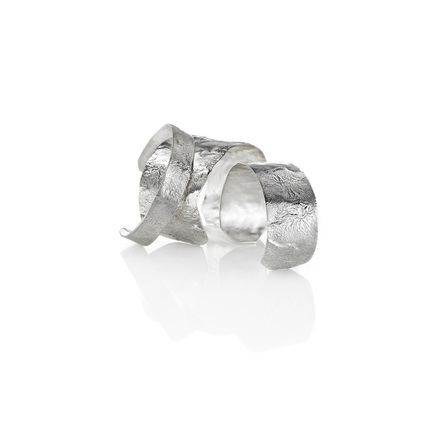 After you purchase your cuff bracelet, you will want to adjust it to fit your wrist so that it does not have to be done again every time you wear it. Over time, metal that has been repeatedly stretched and compressed will stress, and may form a crack or weakened area that can limit the life of the bracelet. Luna cuffs can be gently adjusted about one half inch either way. Properly fitting your cuff will ensure that it lasts a lifetime. If needed, carefully open your bracelet, by very gently but firmly pulling the two ends apart, so that it fits over your wrist from the side. Place the open part of the bracelet at the side of the narrowest part of your wrist, moving far enough to be able to turn it into the correct position. When the bracelet is placed as you want to wear it, gently squeeze it just enough to fit comfortably, and so that it can still be removed by reversing the process. The next time you put it on, it will fit perfectly without adjustment. There are a lot of different metals out there, and sometimes it can be confusing when trying to tell the difference. Vermeil (pronounced vur-may) is a heavy gold plate over sterling silver. A typical example is sterling silver plated with 14 carat (58%) gold. In order for an item to be considered vermeil, the gold must be at least 10 carat (42%) and be a minimum of 2.5 microns thick. In the US, sterling silver covered with a base metal, or any other plain base metal, plated with gold cannot be sold as vermeil.
Vermeil is produced by coating sterling silver with carat gold using the process of electrolysis -- an electricity in an acid bath -- to attach the gold to sterling. This 2.5 micron (100 millionths of an inch) thick layer of gold is significantly heavier than the gold applied to base metal using an electroplating process (only 0.175 microns or 7 millionths of an inch), and is therefore much more durable. Any of Night Fox's silver pieces can be done in vermeil. So if you are wondering whether a vermeil piece is worth the investment, be assured that you will have a lovely, high quality piece that can last for generations. Sources: Wikipedia, Red Sky Plating, BondedInfo.com  Introducing Genevieve Smith, our stunning new model who was gracious enough to help us out with a last minute photo shoot for Boticca last week. Here are a few of the new shots. Be sure to check out Boticca in the coming weeks to see all the latest pieces. Photos by Kelsey Parfitt Photography One of the frustrations of owning silver jewelry is that it tarnishes. For most people, frequent wearing keeps silver jewelry relatively clean. But what about those other pieces that just hang out in our jewelry boxes until we go to put them on, only to find that they are too dirty to bother with at the last minute? If you aren't a professional jeweler with access to buffing and ultra sonic machines, what should you do? Polishing clothes are a good, cheap way to clean jewelry, but take a lot of elbow grease. The drawback to a polishing cloth is that it's difficult to get into small grooves in metal. My favorite way to clean jewelry is Wright's Silver Cream. It is gentle, safe on most stones, and super easy. A small tub will likely last a lifetime and is worth the investment. Most importantly, the best way to keep already clean jewelry clean is to keep it in an airtight zip lock plastic bag. Exposure to air is what causes the oxidation to take place on otherwise lovely silver. So save yourself some time and effort by keeping your jewelry in bags.
If you are interested in purchasing a polishing cloth or cream, just click on the links below. |
Kate Finley
I started to work on this blog but that dog up there distracted me with his antics. Check back soon though--surely he can't keep this up all day. Archives
October 2015
Categories
All
|
Copyright 2024 Night Fox Jewelry
Jewelry photos by Paul C
Jewelry photos by Paul C

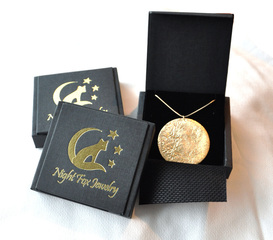
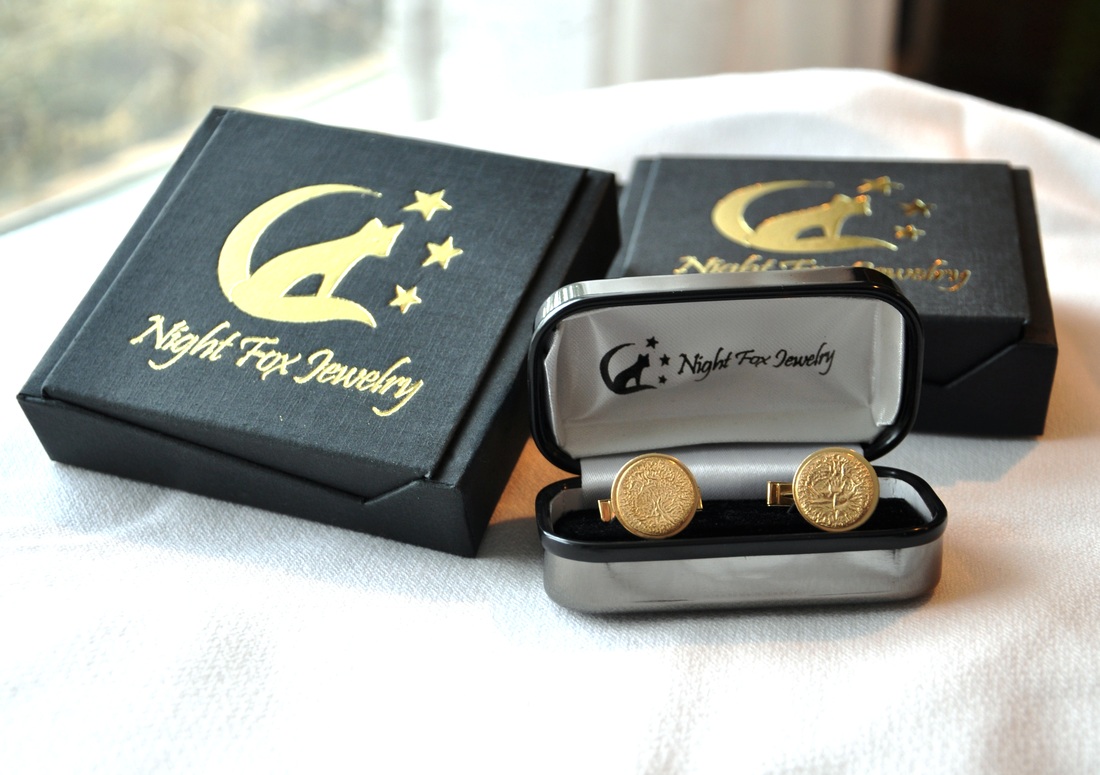
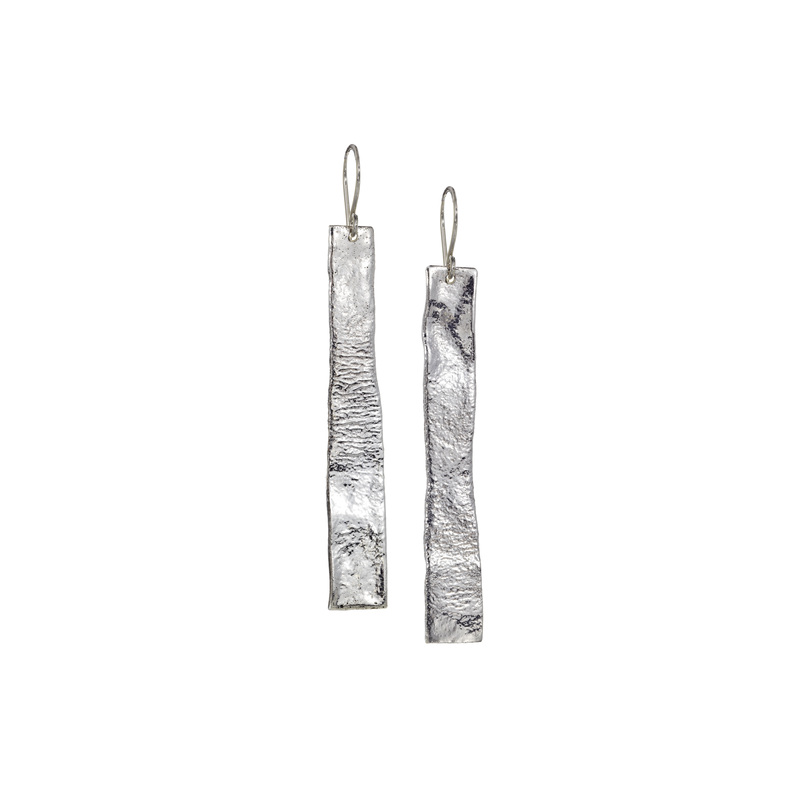
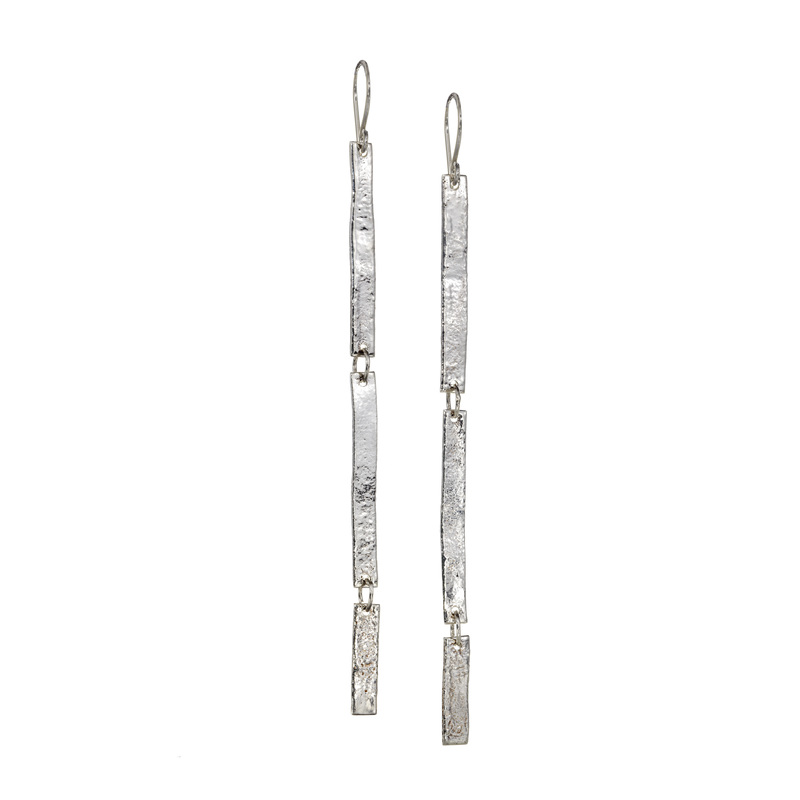
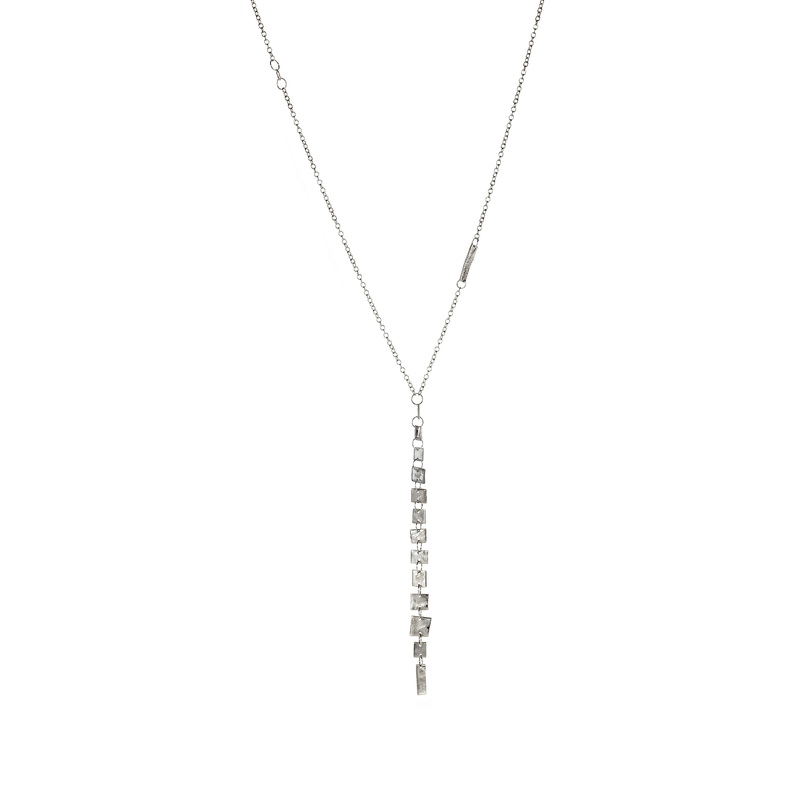
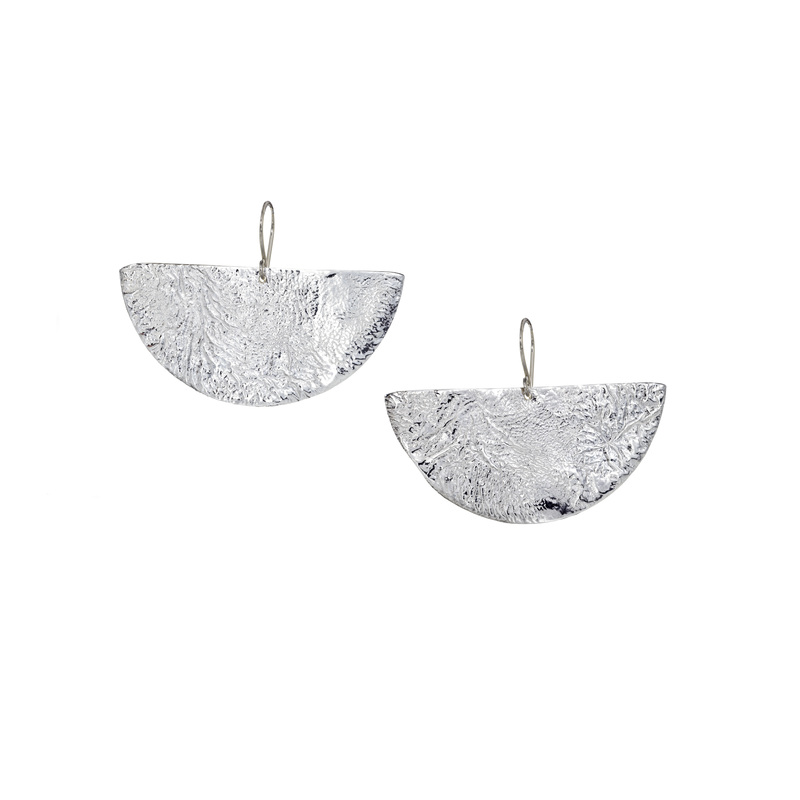
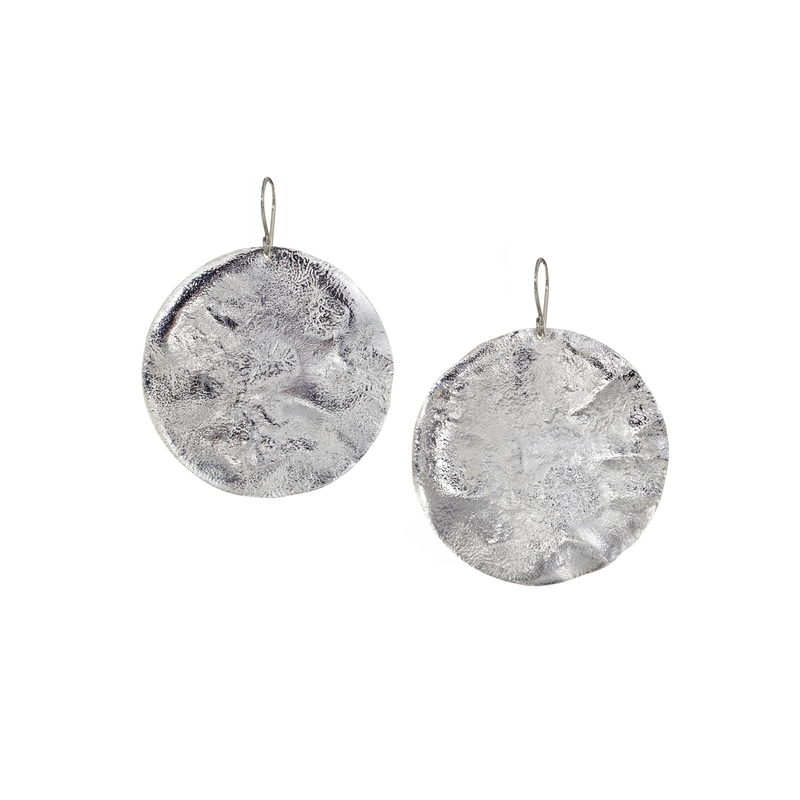
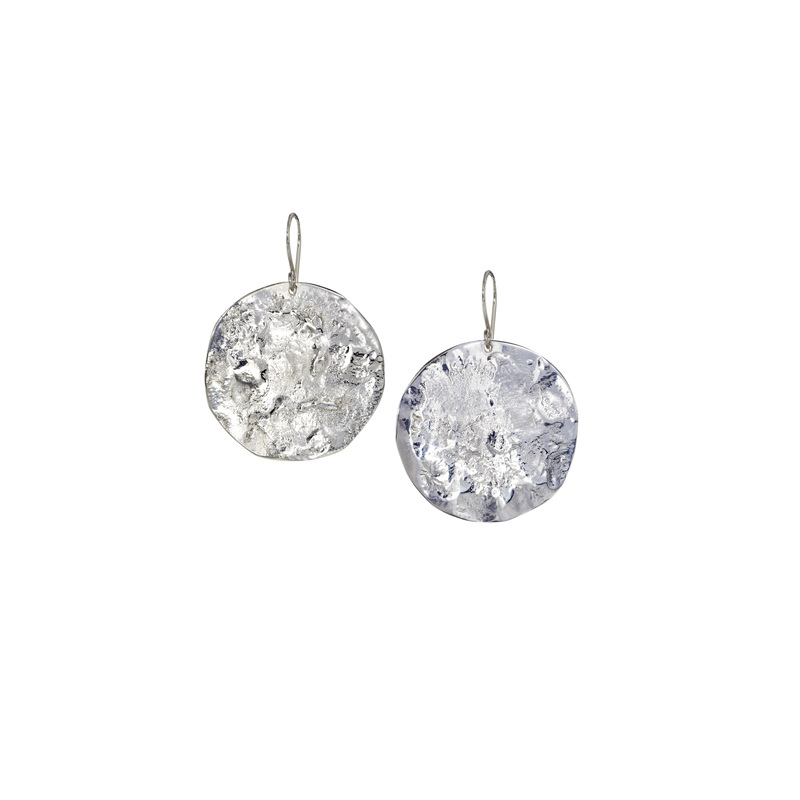
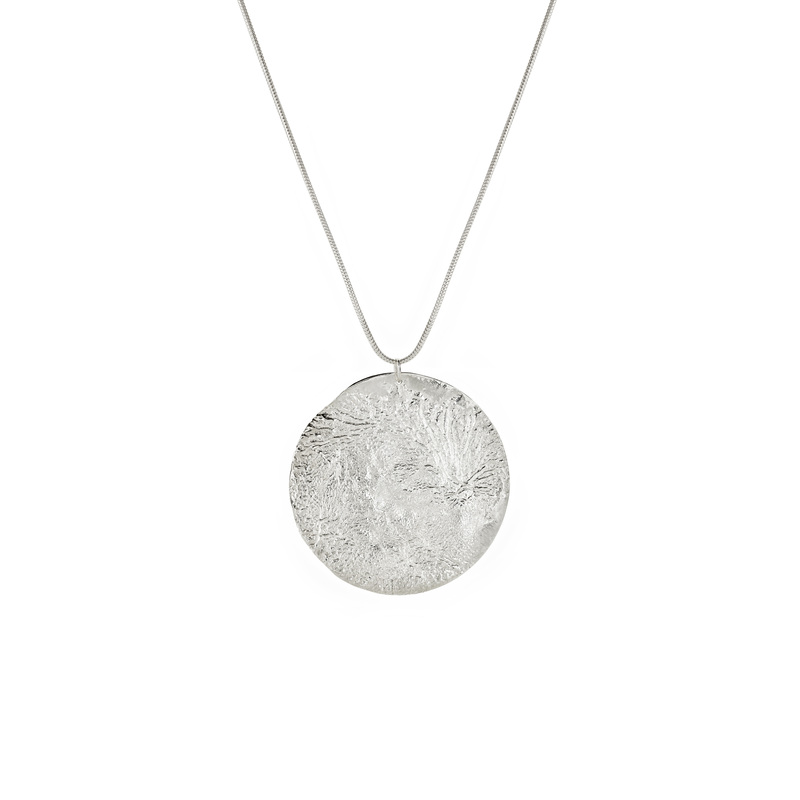
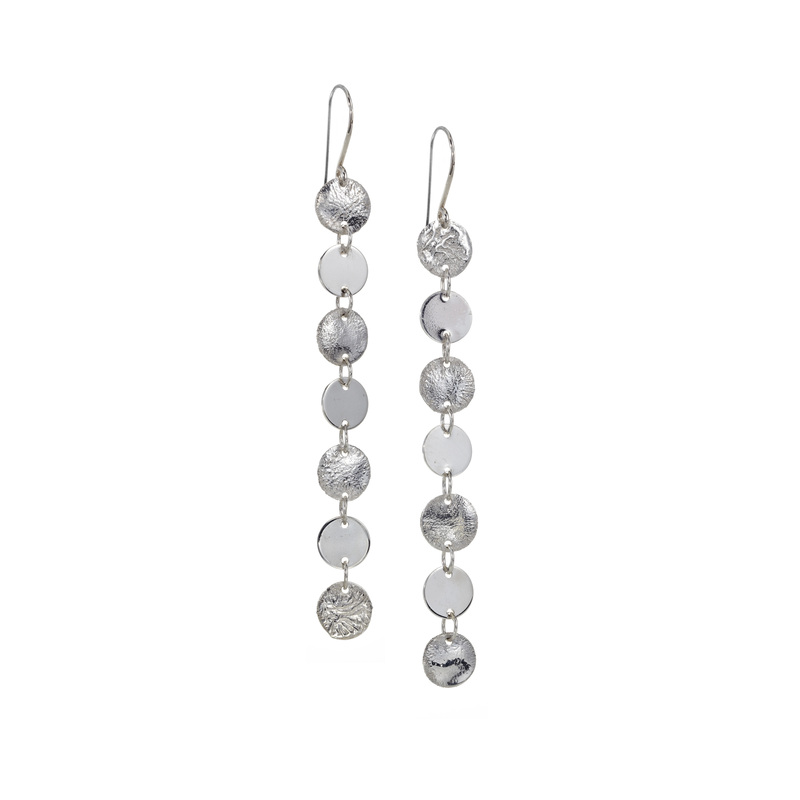
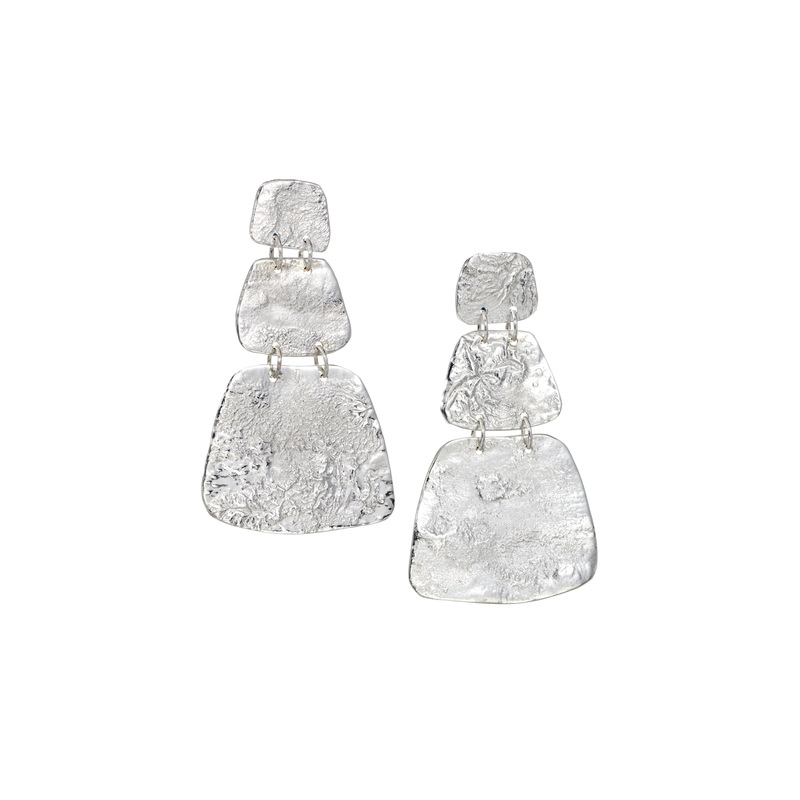
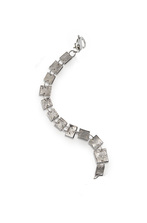
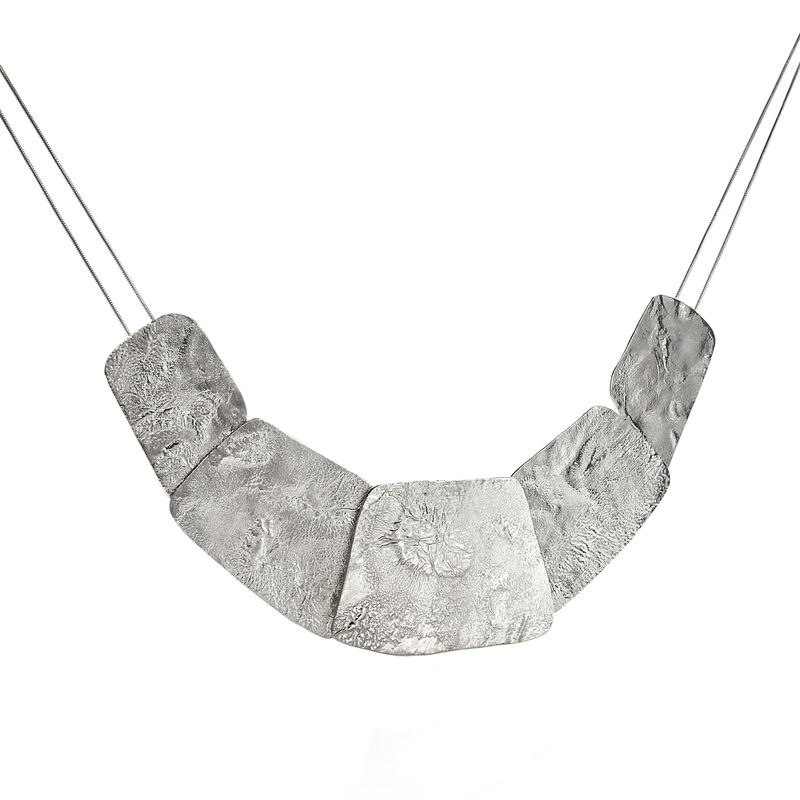
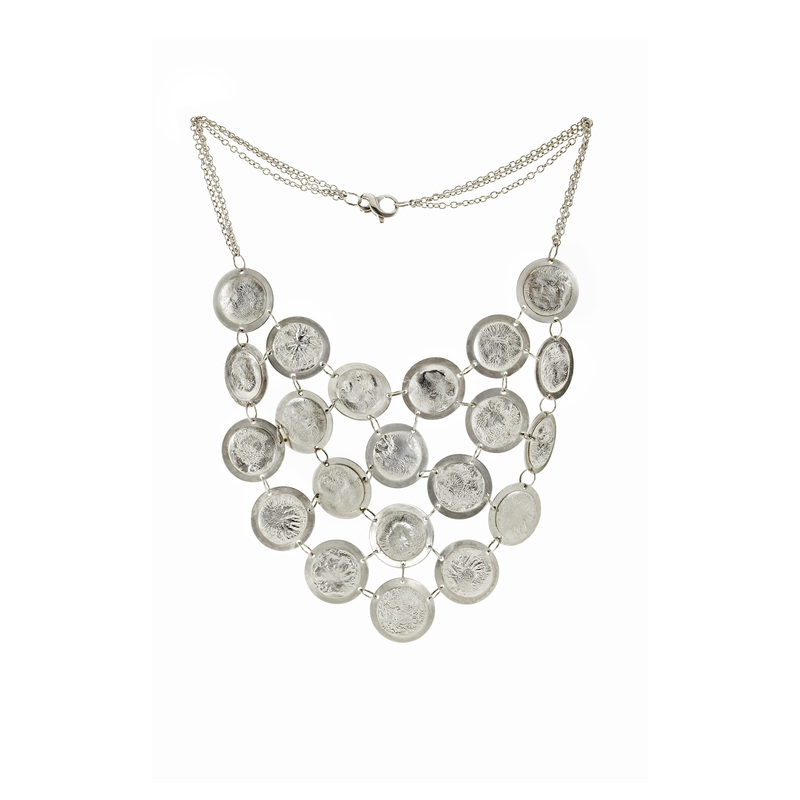
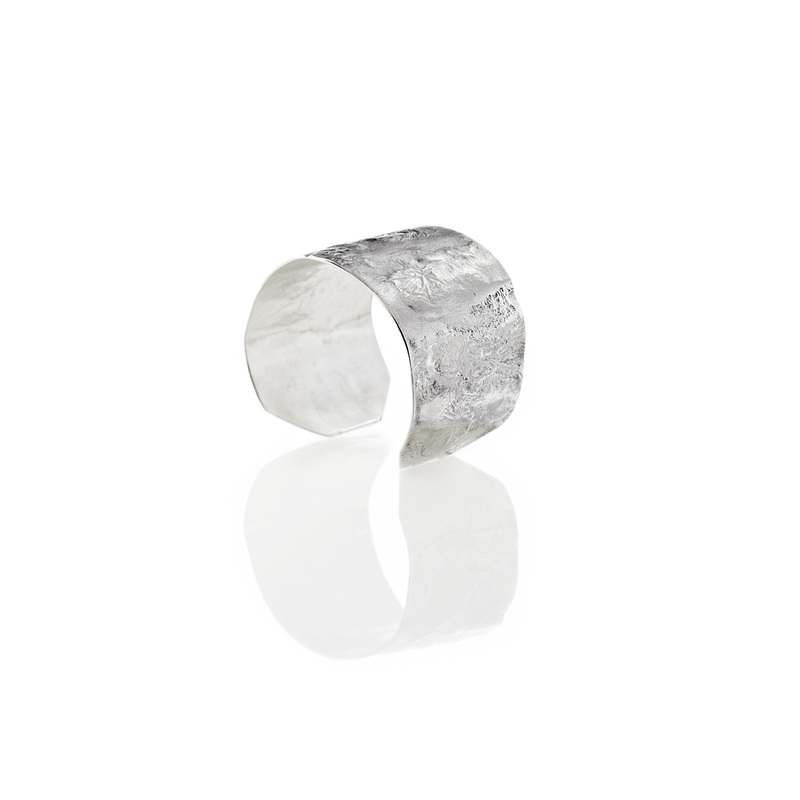
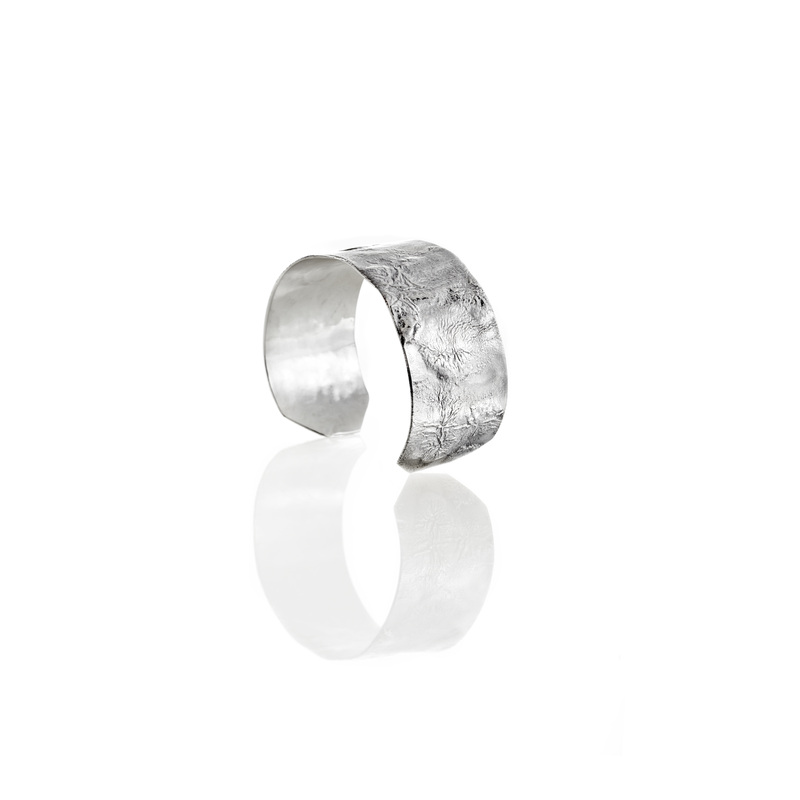
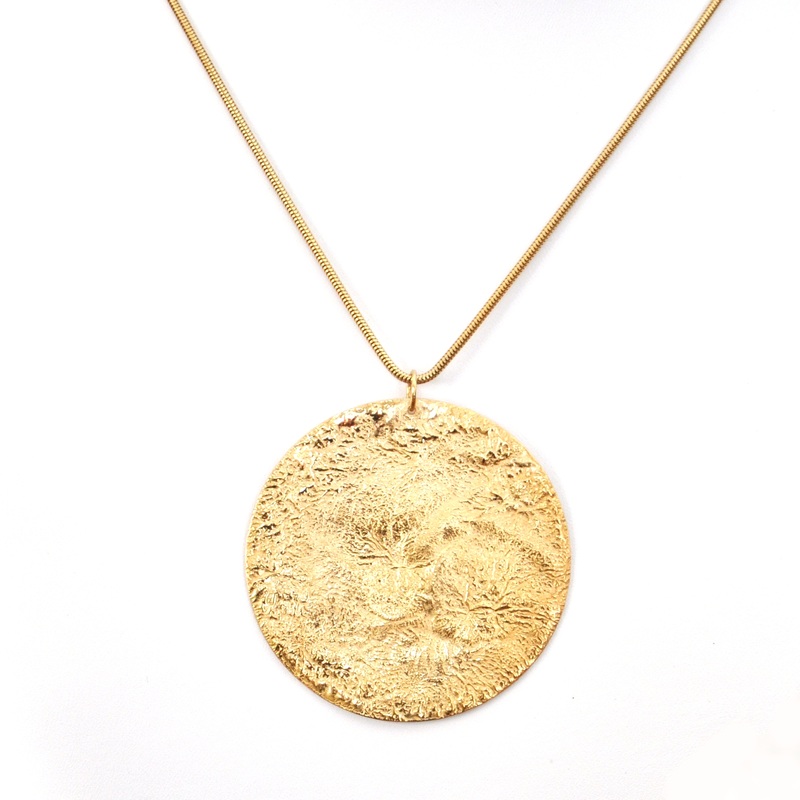
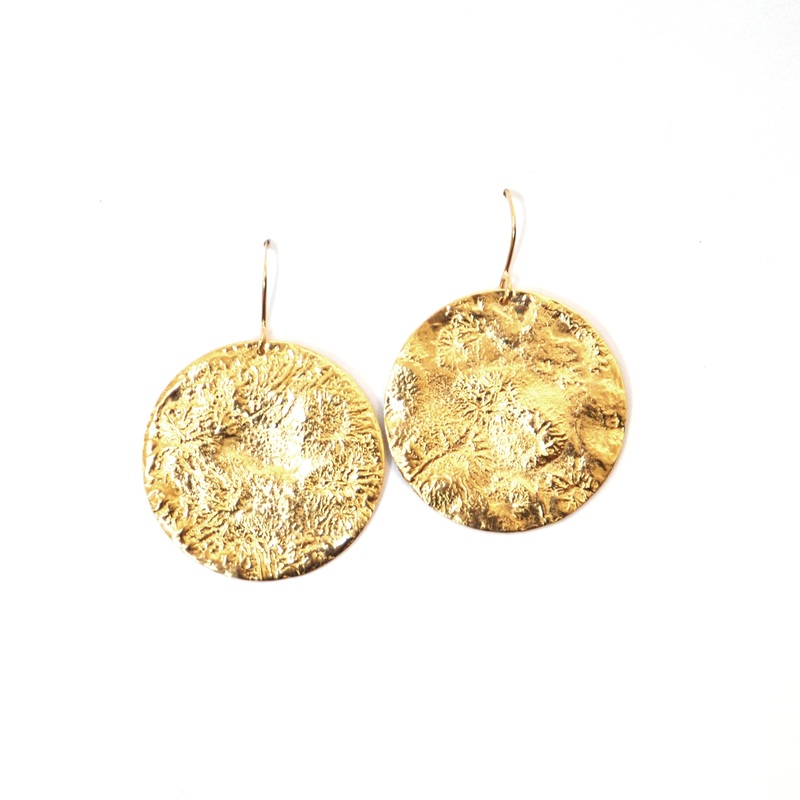
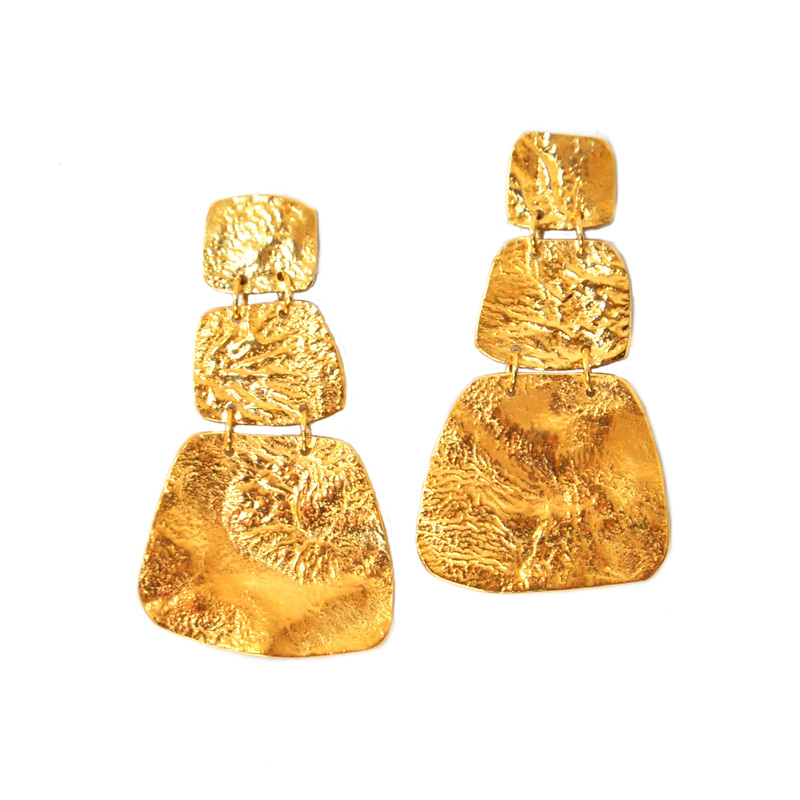
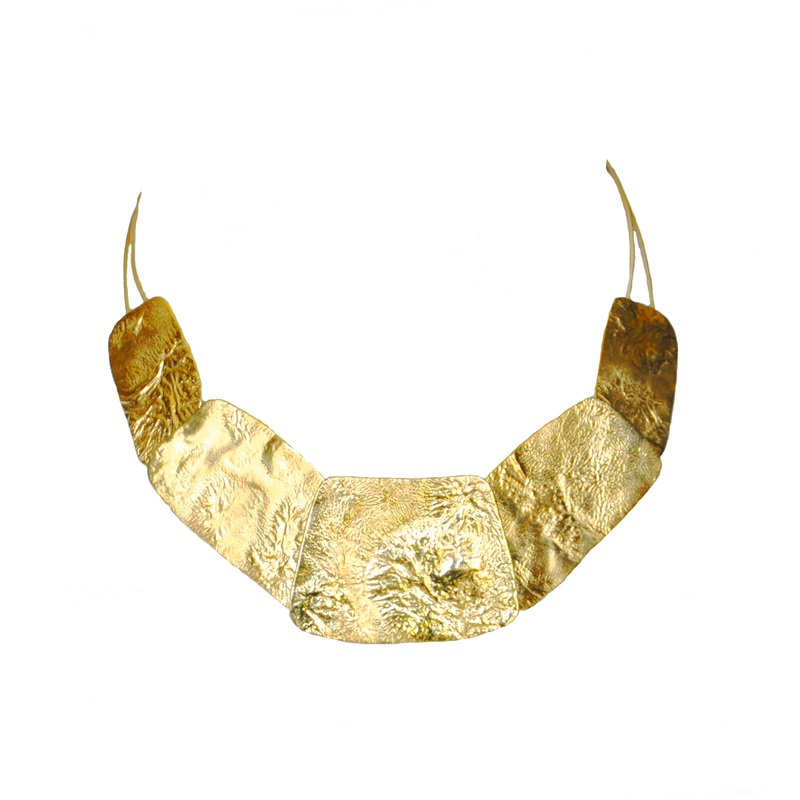
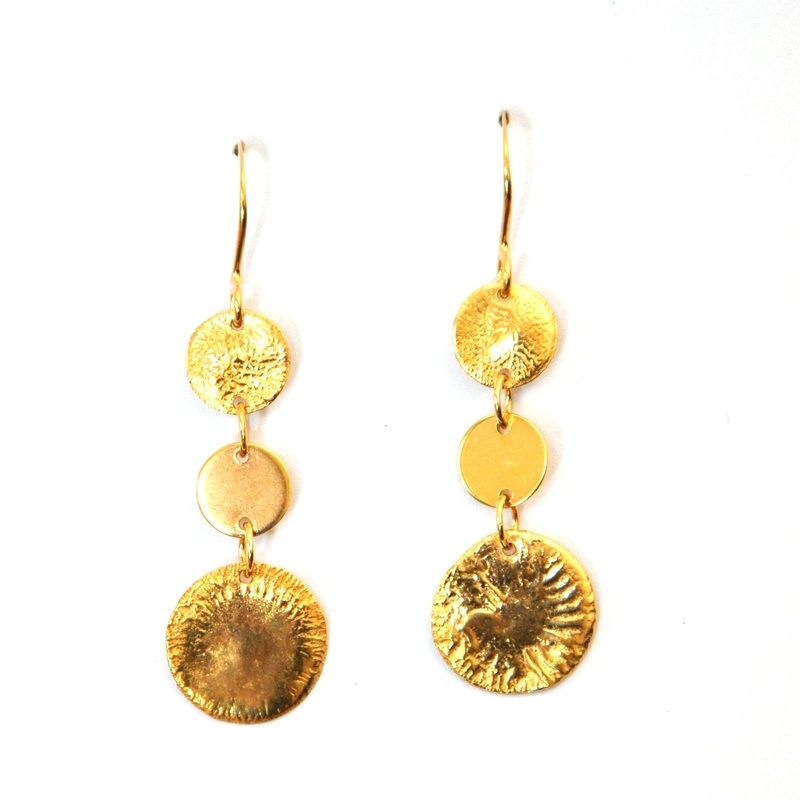
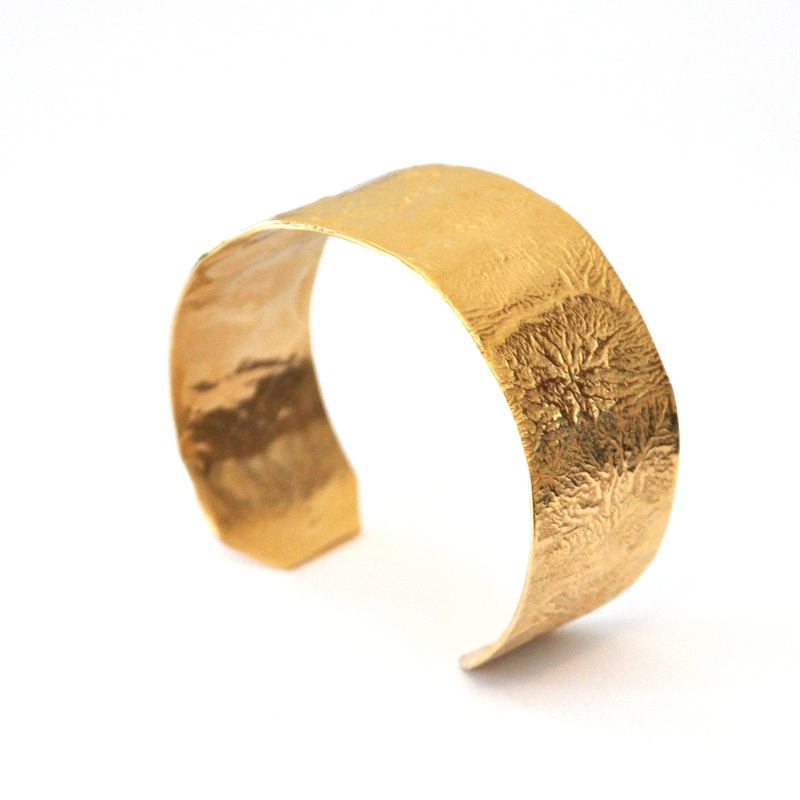
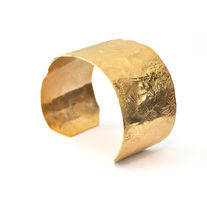
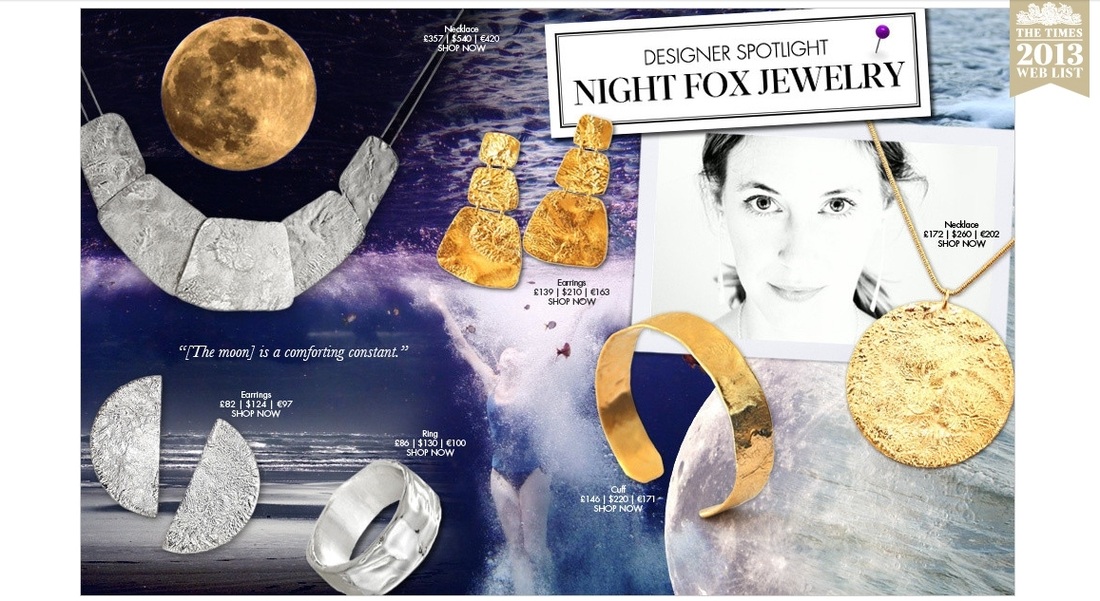
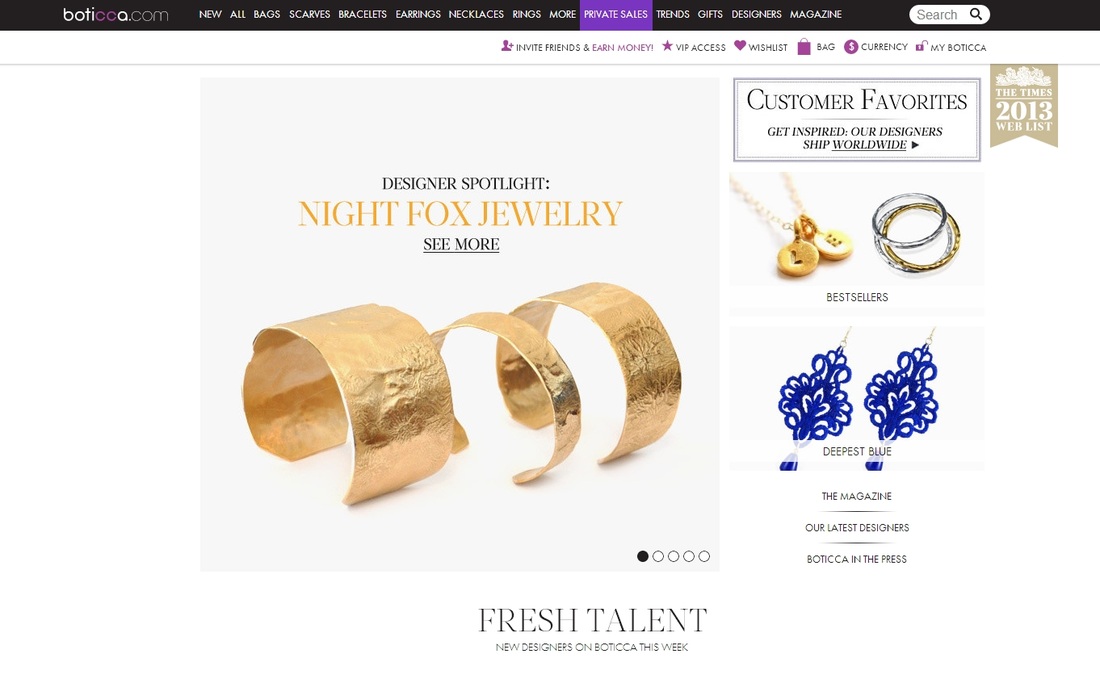
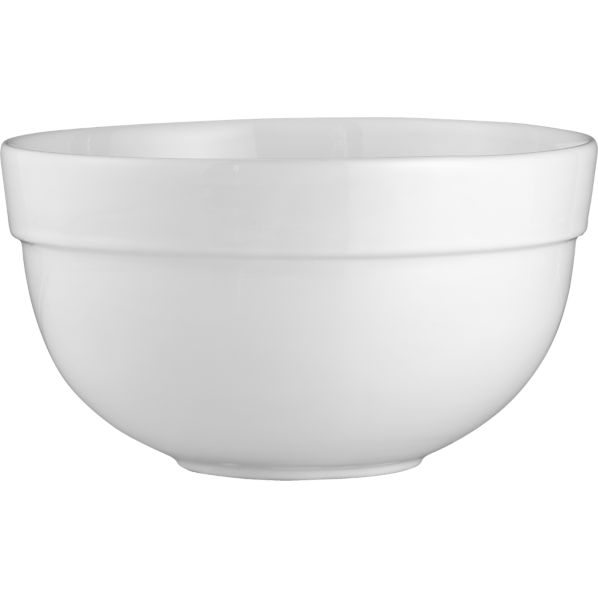
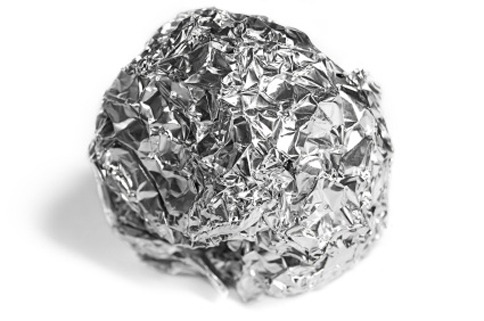

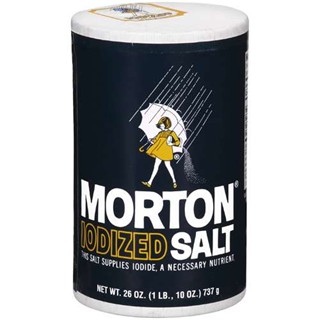

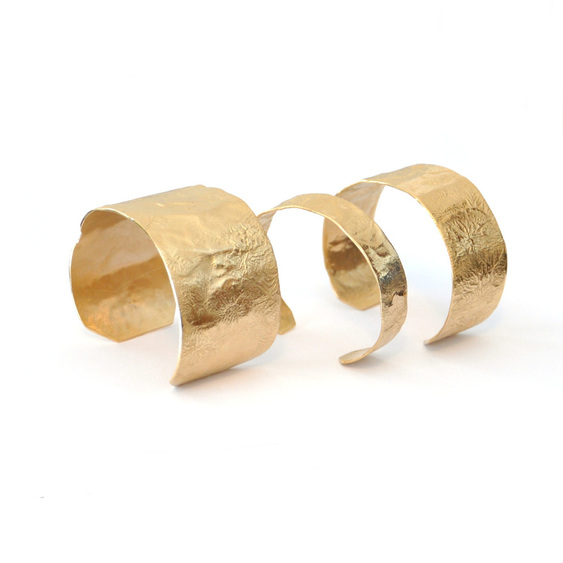

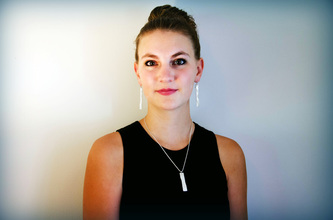
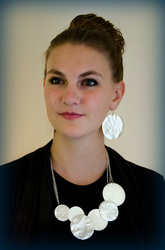
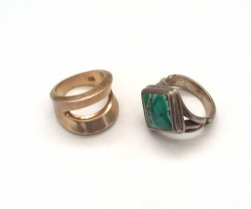
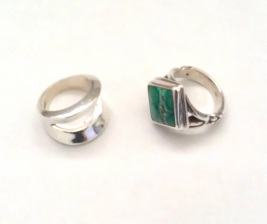
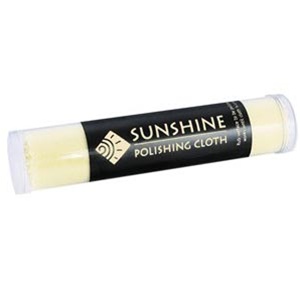
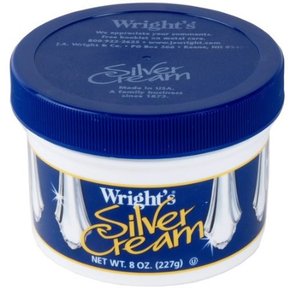
 RSS Feed
RSS Feed